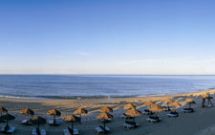Bragança
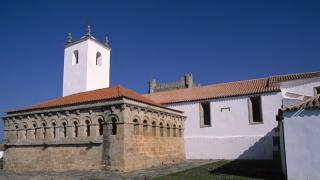
Don't miss
- follow the marked footpaths or cycle tracks in the Montesinho Natural Park, or take a drive, also following marked routes
- visit the area during the Feira de Fumeiro (Smoked Meats Fair) in Vinhais, which is held in the second weekend of February
Situated in the far northeast of Portugal, Bragança is a city whose old castle still maintains a mediaeval urban core within its walls.
Entering the citadel or the bailey by the Porta da Vila (Town Gate), you will find yourself at the Pelourinho (Pillory), standing on a Lusitanian hog that recalls the Celtic origins of the region. In the massive Keep, which in the Middle Ages guarded the borders, the military museum also tells the history of the castle, built by King João I on the foundations of the earlier fortress that the 1st King of Portugal, Afonso Henriques, had built. From the top of the castle, you can enjoy an excellent view over the city and the vast outline of the mountains that surround it. You will also discover the Church of Santa Maria within the citadel, and the Domus Municipalis, the only example of civic Romanesque architecture in Portugal, where the city senate would meet.
Outside the walls, the city spread westward, and a number of mansions and monuments are preserved such as the Cathedral, the Church of São Vicente, the Misericórdia Chapel and the Church of Santa Clara. The valuable collection of the Abade de Baçal Museum is found inside the ancient Bishop’s Palace, while the Graça Morais Centre for Contemporary Art contains works from this renowned contemporary painter and other fine art collections.
On the outskirts of Bragança is the Church of Castro de Avelãs, which received pilgrims from Santiago during the Middle Ages, and several ancient villages that still maintain community traditions such as the communal use of an olive oil press, a wine press and a bread oven. These are mostly found within the Montesinho Natural Park, an area of unspoiled nature that is well worth a visit. There is an Information Centre in the village which gives the park its name, while in other villages there are rural museums on community practices in the region. The villages of Guadramil and Rio de Onor are two of the best preserved. The border between Portugal and Spain runs through the village of Rio de Onor, which straddles both countries.


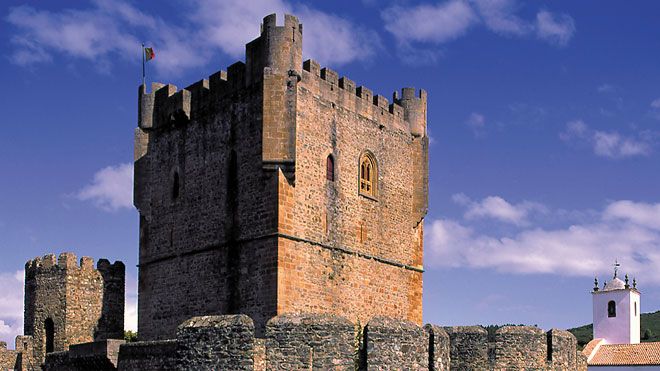






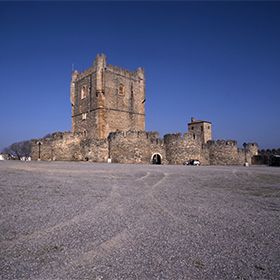
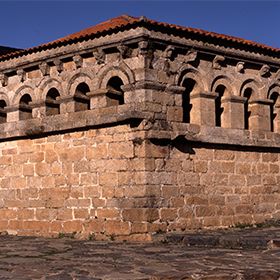
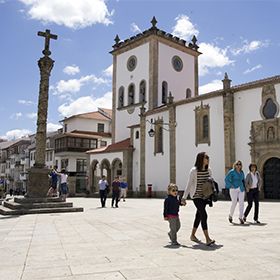
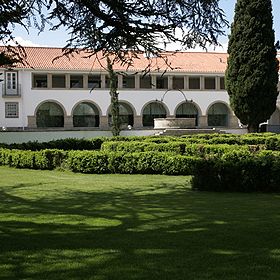

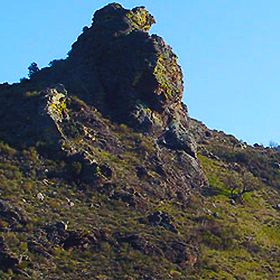

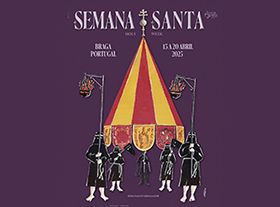
 Explore
Explore 
 Remember and Share
Remember and Share 

